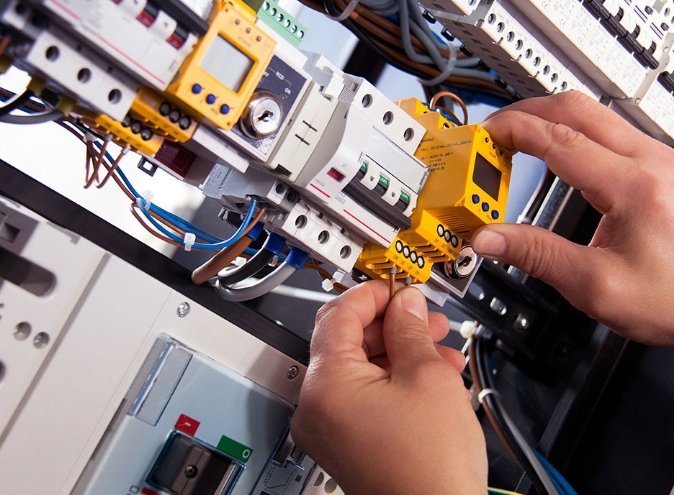Relays play a crucial role in electrical circuits, allowing for the control and switching of high-power devices. Understanding how to properly connect a relay to a circuit is essential for engineers, technicians, and enthusiasts alike. In this comprehensive guide, we will delve into the intricacies of relay connections, providing step-by-step instructions, practical tips, and expert insights to ensure successful integration into your circuits.
- Understanding Relays:
Before diving into the connection process, it is important to grasp the fundamentals of relays. We will explore the different types of relays, their components, and their applications in various industries. By understanding the inner workings of relays, you will be better equipped to make informed decisions when connecting them to your circuits. - Selecting the Right Relay:
Choosing the appropriate relay for your circuit is crucial for optimal performance and reliability. We will discuss the key factors to consider when selecting a relay, such as coil voltage, contact rating, and switching speed. Additionally, we will explore common relay specifications and their implications on circuit design. - Relay Connection Methods:
There are several ways to connect a relay to a circuit, each with its own advantages and considerations. We will cover the most commonly used connection methods, including the use of terminal blocks, soldering, and PCB mounting. Detailed diagrams and explanations will guide you through the process, ensuring proper and secure connections. - Wiring and Pin Configurations:
Understanding the pin configurations of relays is essential for correct wiring. We will provide a comprehensive overview of the most common pin layouts, including the identification of coil, common, normally open (NO), and normally closed (NC) pins. Additionally, we will discuss the importance of proper wire sizing, insulation, and routing techniques to minimize interference and ensure reliable operation. - Testing and Troubleshooting:
Once the relay is connected, thorough testing is necessary to verify its functionality. We will outline the essential steps for testing relays, including coil continuity, contact resistance, and voltage drop measurements. Furthermore, we will address common troubleshooting techniques to diagnose and resolve potential issues that may arise during the testing process.
Conclusion:
Connecting a relay to a circuit requires a solid understanding of relay fundamentals, careful selection, and precise wiring techniques. By following the guidelines and insights provided in this comprehensive guide, you will be able to confidently integrate relays into your circuits, ensuring optimal performance and reliability. Harness the power of relays and unlock endless possibilities in your electrical designs.



